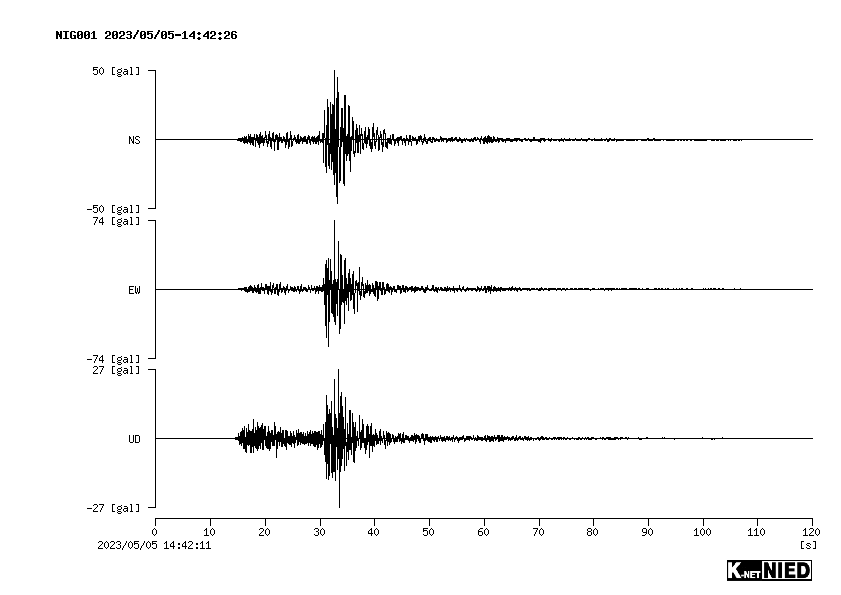
Were the Ishikawa earthquakes caused artificially? No, that's not true: the seismic waves of the Ishikawa earthquakes follow the same pattern as a natural earthquake.
According to the Human-Induced Earthquake Database, there was no sign of an artificial earthquake in the region.
The claim originally appeared on TikTok (archived here) on May 6, 2023. The video is a still image of a sunset with the caption:
"Yesterday, there was an earthquake in Ishikawa with a 6.0 magnitude, right? That was a man-made earthquake. The government planned it. If you want definitive proof, the magnetic waves are different compared to a natural earthquake."
This is what the post looked like on TikTok at the time of writing:

(Source: TikTok screenshot taken on Fri May 12 16:14:55 2023 UTC)
On the Japan Meteorological Agency's website, the difference between an artificial earthquake and a natural earthquake is determined by the presence or absence of the primary wave. Natural earthquakes are preceded by an initial shock which is recorded as the primary wave, then followed by a larger shock (i.e., the secondary wave). Artificial earthquakes mostly contain one large, immediate shock.
According to data from the National Research Institute for Earth Science and Disaster Resilience, the waveforms of the Ishikawa earthquakes looked like this:

The presence of a smaller waveform before the larger, more prominent wave is proof that the Ishikawa earthquakes were a natural occurrence. Furthermore, artificial earthquakes often occur in the presence of large construction projects or heavy mining activities, both of which were absent in the Noto peninsula area, where the earthquake had the highest impact. The nearest mine within the Prefecture is located in Komatsu City, which is 162km away from the Noto peninsula:

This mine has been non-operational since 1984 and now serves as a museum and a tourist spot.












